Pianist and U.K. Jazz pioneer Stan Tracey has passed away at the age of 86.
The jazz luminary, who was often hailed as the Godfather of British Jazz, played a key role in forging a distinctive sound for the UK jazz scene. His actions and example over the years led many prominent British musicians to move away from American cover songs and towards forging their own styles; which would later influence musicians of all kinds all over the world.
Tracey was diagnosed with prostate cancer in December 2012, and has been unwell for most of this year. He battled for almost a year but sadly succumbed to the cancer in the afternoon of December 6, 2013.
2013 marked Stanley William Tracey OBE/CBE’s 70th year as a professional musician, and that will serve as his legacy – A lifetime of work that has already and will continue to inspire countless generations of musicians young and old to forge their own path, create their own sound, and do something great.
***
Born in South London in 1926, Tracey was not raised in a musical family but still found himself drawn to music from a very young age. “Anything musical I get from my mother. She desperately tried to do something with the arts… She tried violin, painting, papier-mâché models… There was something inside her that was desperately trying to get out somewhere,” Tracey told The Jazz Line in 2011. There was a derelict piano and an accordion in his home, and started to teach himself to play both around the age of 12. Clearly his mother’s spark of creativity was realized through him.
Though his academic education was disrupted by WWII, Tracey was widely described as a musical genius from a very young age. “He could hear any melody once, and instantly play a dozen brilliant improvisations on it,” Entertainer Bob Monkhouse told The Guardian. He played accordion in Ensa, an organization of concert musicians travelling to entertain the armed forces during WWII, where he was part of a fake gypsy band. It was during this time he started to take the piano more seriously.
“During [my time in Ensa] one of the guys had a wind-up gramophone and a load of jazz [records]. That’s where I started hearing a lot of jazz, and that turned me on to boogie-woogie, which tuned me on to the piano, and that’s how I got started on the piano,” Tracey told us. It was during this time Tracey discovered Duke Ellington and Thelonious Monk, two people who would go on to form the foundation of Tracey’s unique piano voicing in later years. He went on to support many highly influential musicians, such as Cab Calloway, Kenny Baker, and Kenny Graham on accordion and piano for many years; performing in Europe, the U.S. and on the transatlantic cruise ships that connected them.
However, it wasn’t until he met his third wife Jackie – a long-time jazz activist and advocate for jazz musicians – that he was inspired to lead his own band. His first release as a band leader ‘Showcase’ (1958) served as the first step in the makings of one of the most recognizable people in British jazz. It was his incredible aural skill and unprecedented improvisational originality that saw him tapped to support American jazz luminaries when they started coming over to the U.K. – A benefit of relaxed Musicians Union laws in the early 1960s.
Ronnie Scott’s Jazz Club in London was the go-to venue for many of the biggest jazz legends. Tracey and Scott have been close friends since they toured America together, which allowed Tracey to lock down the job of house pianist just as the first wave of American musicians made the trip across the pond. Stan Getz, Freddie Hubbard, Dexter Gordon, and Sonny Rollins were just a few of the jazz legends Tracey supported night after night.
During his seven-year tenure in Ronnie’s house band, an unlikely musical partnership emerged between Tracey and the Getz-inspired house tenor saxophonist Bobby Wellins. The pair would go on to create the album ‘Under Milk Wood,’ a critically acclaimed masterpiece that is widely believed to be one of the first jazz compositions to draw directly upon British inspiration – Dylan Thomas’ poem ‘Under Milk Wood.’ If you only ever hear one song on the album, make it the brooding tone-defying Starless and Bible Black, which is widely considered to be one of the greatest British jazz compositions of all time.
The success of ‘Under Milk Wood’ opened up a world of opportunity for Tracey, bringing new recording and writing opportunities; such as composing the music for the film Alfie in 1966 in collaboration with Sonny Rollins, and arranging the Duke Ellington tribute ‘We Love You Madly in 1968.
Though there were a few stumbles along the way, his rise continued through a multitude of new bands over the next four decades. Tracey continued to refine his skill, to the point where Monk’s saxophone player Charlie Rouse commented that playing with Tracey was the ‘nearest thing he had experienced to working with Monk himself.’ He continued to tour and record prolifically well into the 21st century, and though his body began to slow down his fingers remained as fast as ever through to the end.
Tracey had already received many honors at this point in his life, such as being awarded an OBE in 1986. The accolades continued to flow as his influence on British jazz became clearer in the 21st century. He received the lifetime achievement award from the BBC Jazz Awards in 2002; a CBE from Queen Elizabeth II in 2008, and a Parliamentary Jazz Award for services to jazz in 2013.
Tracey’s true service to jazz was in opening the door to new styles of jazz for musicians and bringing countless new listeners over to the genre – A service shared by many other British musicians of his generation. When we last spoke to Tracey, we gave him the last word – And it only seems fitting to do the same today:
“Keep listening to jazz, folks!” – Stanley William Tracey OBE/CBE (1926-2013)
Watch Stan Tracy perform on ‘Later with Jools Holland’ in 2009 below:
Watch our Interview with Stan Tracey below:

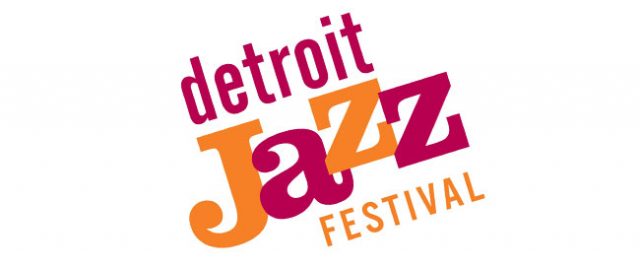

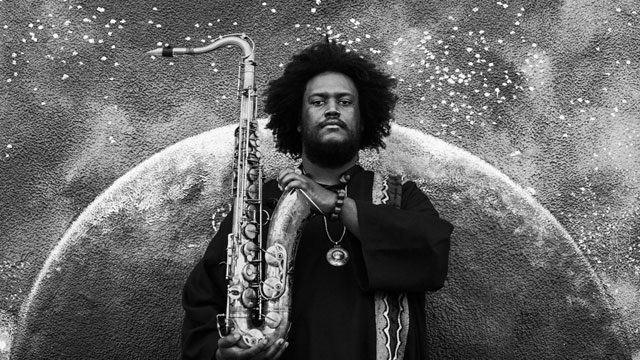
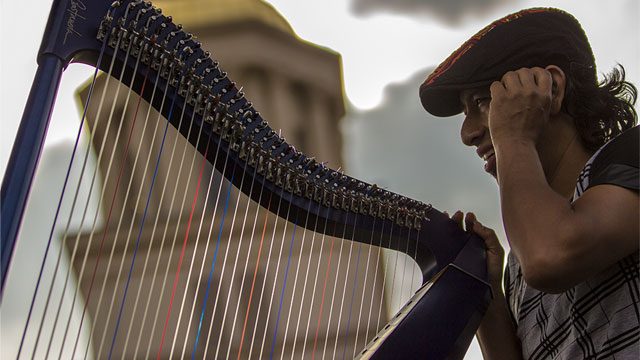

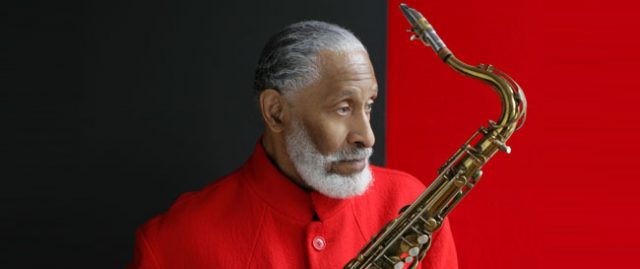
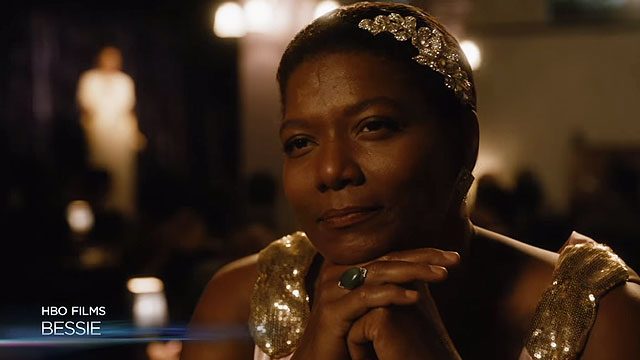
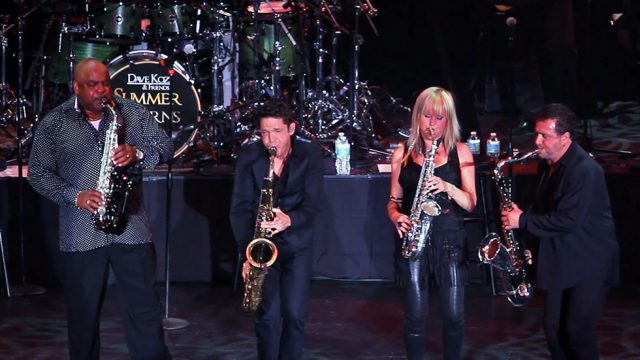

Have your say! Leave a comment below: